PARKING DECORADO
OF AMERICA
CURATING
THE IMAGE
OF THE
LANDSCAPE
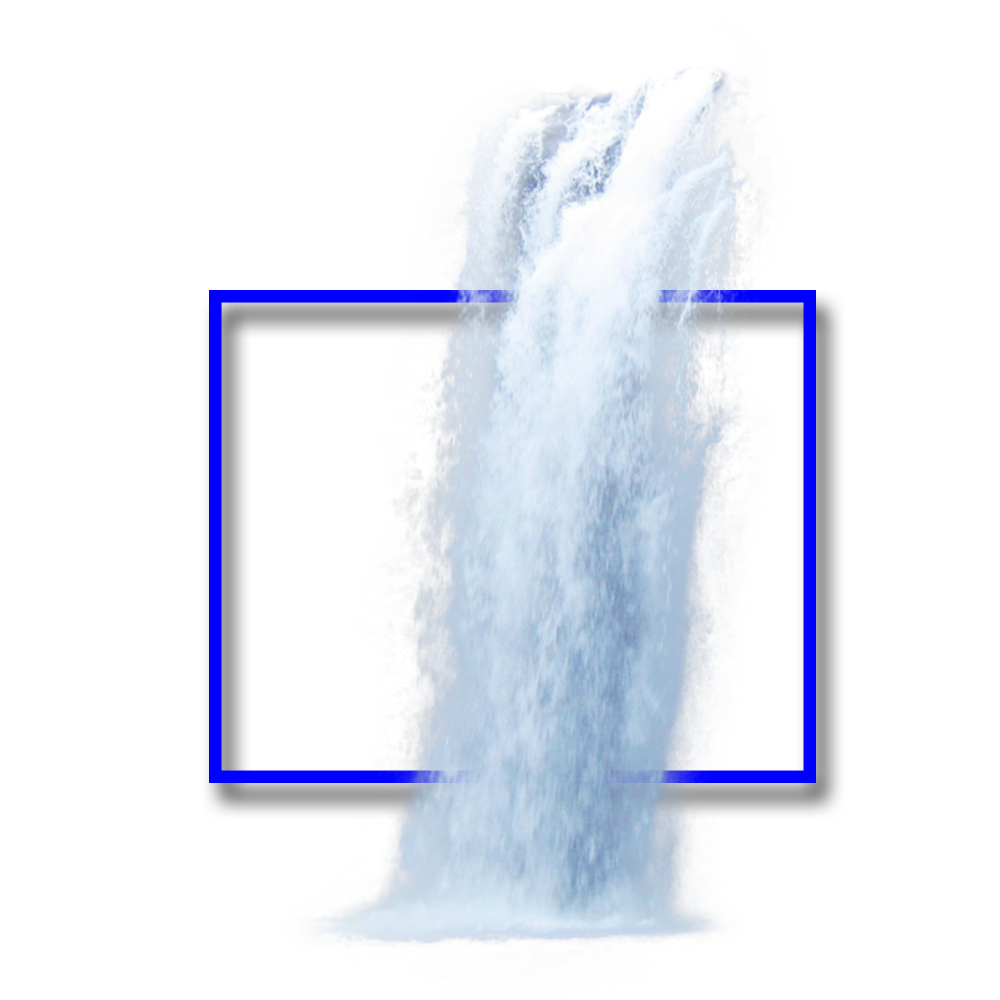
Curating the image of the landscape
This work (or this first part of the work) os based on a curatrial research of the image of the landscape. Understanding:
Landscape as a continuity of the spaces and the lines drawn by the path; landscape as a composition of objects that depending on the distance and the perspective of the eye of the viewer; landscpe as an experience of looking and landscape as the recording of information; the landscape as the scenario for nature (both in the field or in the city) to distortionate; to mutate, as a compilation of information that can be read in many fields.
The curatorial part comes from a desire on collecting that information from the landscape in different formats. As a curator, selecting the pieces of this work (as format forms) is crucial to construct a narrative of the meaning of landscape and the answers that this different formats will suggest.
And image as the conjuction of all this totum revolutum and more important, the post-production of these material into a final description of the space(s). The image as the (wo)man-made image, as the space of interpretation.
border crossings map(S)
USA ///// MEX
CLICK
CLICK
CLICK
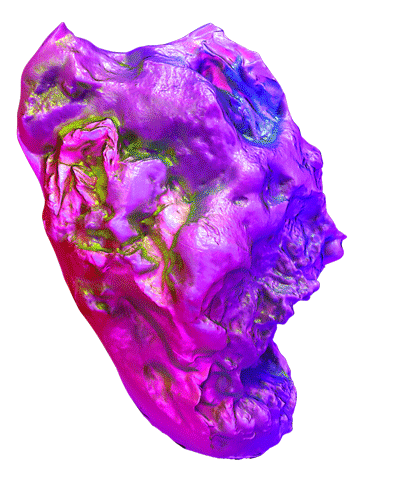

Ciento cuarenta y ocho pasos. Doscientos cuarenta y cuatro pasos en linea recta, los últimos cintuenta y nueve pasos tocas a tu izquierda el borde noroeste de la primera vuelta. En el paso doscientos cuarenta y cuatro percibes el cambio de ángulo, aunque seguramente ocurra en los cincuenta y nueve pasos anteriores. Son dos lineas de rocas que forman un pasillo interior de seis pasos y una variación de entre tres o cuatro pasos de las paredes. En medio del camino, del pasillo, también hay rocas aunque las más abundantes se encuentran delimitando el pasillo. La distancia entre pasillos es de doce pasos desde el exterior de ambos. A los doscientos cuarenta y cuatro pasos de empezar coinciden en perspectiva el pasillo en el que estamos y cuatro pasillos más, que distan entre ellos: doce, diez, veinte y trece pasos de norte a sur. Los entre pasillos son blancos. Al llegar a los doscientos cuarenta y cuatro pasos continúa catorce pasos en linea recta para coger la primera curva a la izquierda. Realizas el recorrido sur de la primera curva. Recorre haciendo un círculo con centro treinta y siete pasos hacia el interior del pasillo central. Ciento cuarenta y dos pasos mide la curva, y estas alineada con el centro (treinta y siete pasos); y con el punto que hemos dejado atrás a los doscientos cuarenta y cuatro pasos de empezar. Dejas un objeto en el suelo a los doscientos cuatenta y cuatro pasos para que figure como referencia, punto de referencia. Pasas a hacer la curva norte, esta vez la curva se estrechará y terminas en el pasillo de siete pasos. Segunda curva al norte, ciento catorce pasos. Esta segunda curva tiene mucha más concentración de piedras de gran tamaño, sobretodo en el punto más norte (pasillo C). Tercera curva: de pasillo C a pasillo D: la curva es aún más pequeña O:S, setenta y ocho pasos, ausencia de rocas en el centro del pasillo. Cuarta curva: de D a E, O:N, cincuenta y cinco pasos. Queda una curva que termina en el punto más al sur, sería media curva de las que has hecho, dieciocho pasos. Todas las curvas se realizan hacia la izquierda. Terminas entre pasillos en el interior de una curva continua de seiscientos ochenta y un pasos.
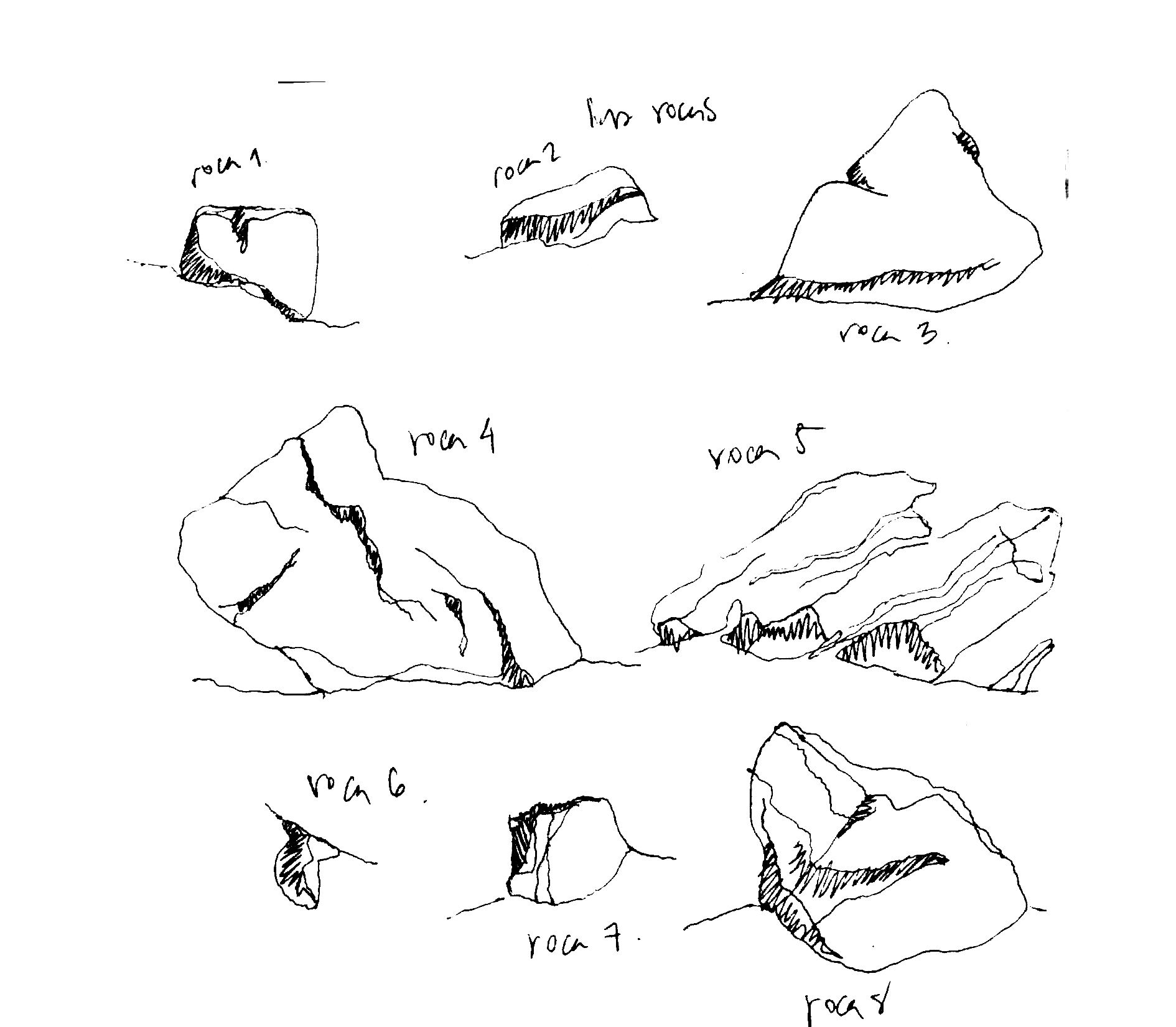
CLICK HERE TO CHECK LAND ARTS ITINERARY 2017
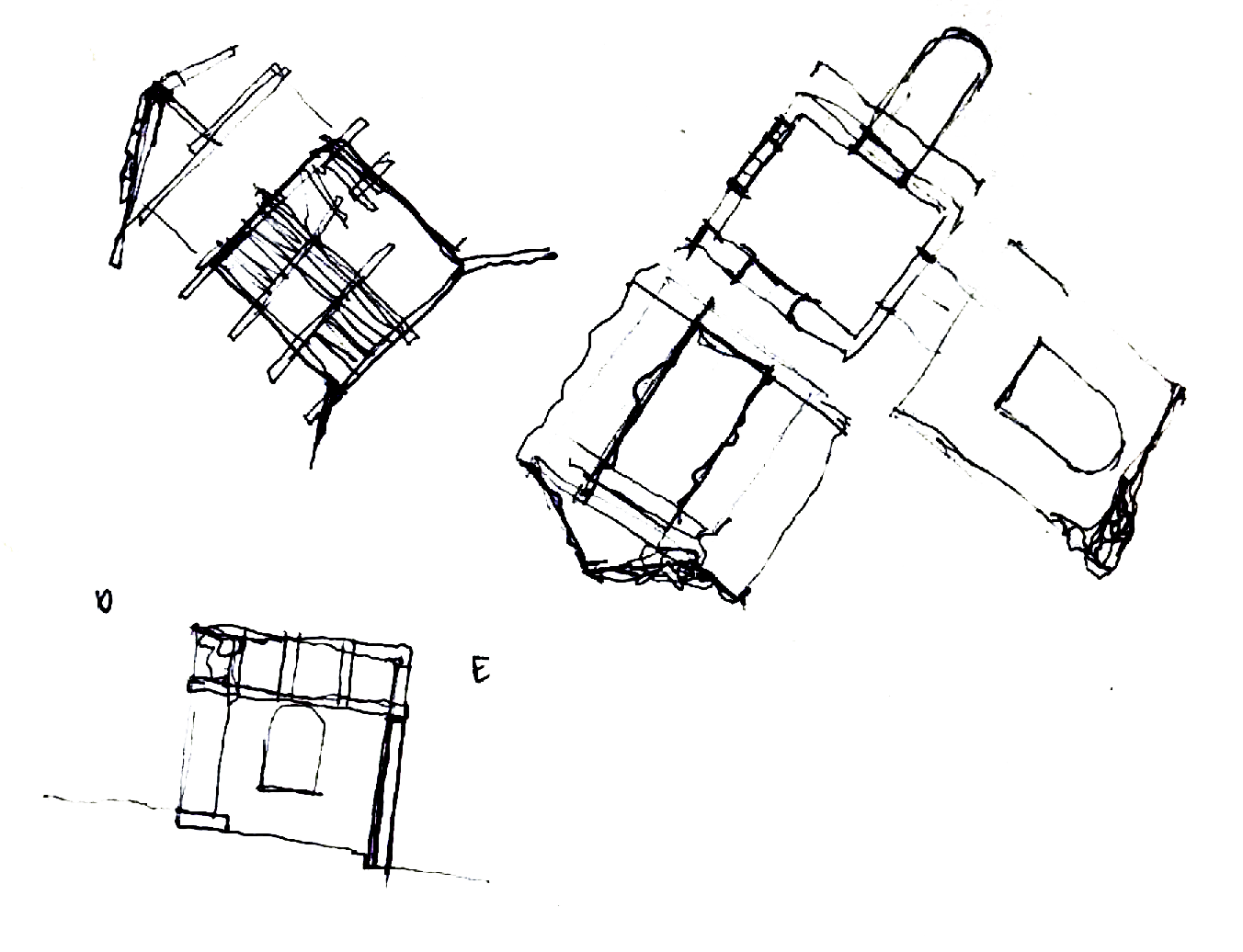
There is a temple in Galveston St. It is at the corner of the plot, just behind a water log, an electricity antenna and a tree. The tree gives some yellow flowers or fruits. The temple is small, it will measure from 2 to 3 m, depending on the level from where we measure. It is made out of adobe in a square plan, but in appearance it could be passed as concrete. Each face has a vain. Two windows. Two doors. The roof is oriented with the eaves falling towards the windows and the ridge from door to door. The corner to the west tells that from there another wall came out and that it once had water. Now it has a vine that is also stoned from the wooden deck. Clearly it is not concrete, it is adobe, which appears on the northwest façade where its thickness is discovered. The rest of the facades have a grayish stucco, which would be white. Light enters through the wooden deck in which half of () is already missing. The floor is decorated by a mosaic of brown glass of beer bottles already broken and eroded by the little time that has passed, which will be embedded in the earth and will form the symbol of a time of vanalization of the temple. There are also some other remains outside the temple, they are Bud Light.
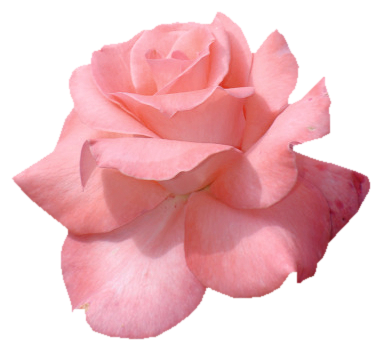
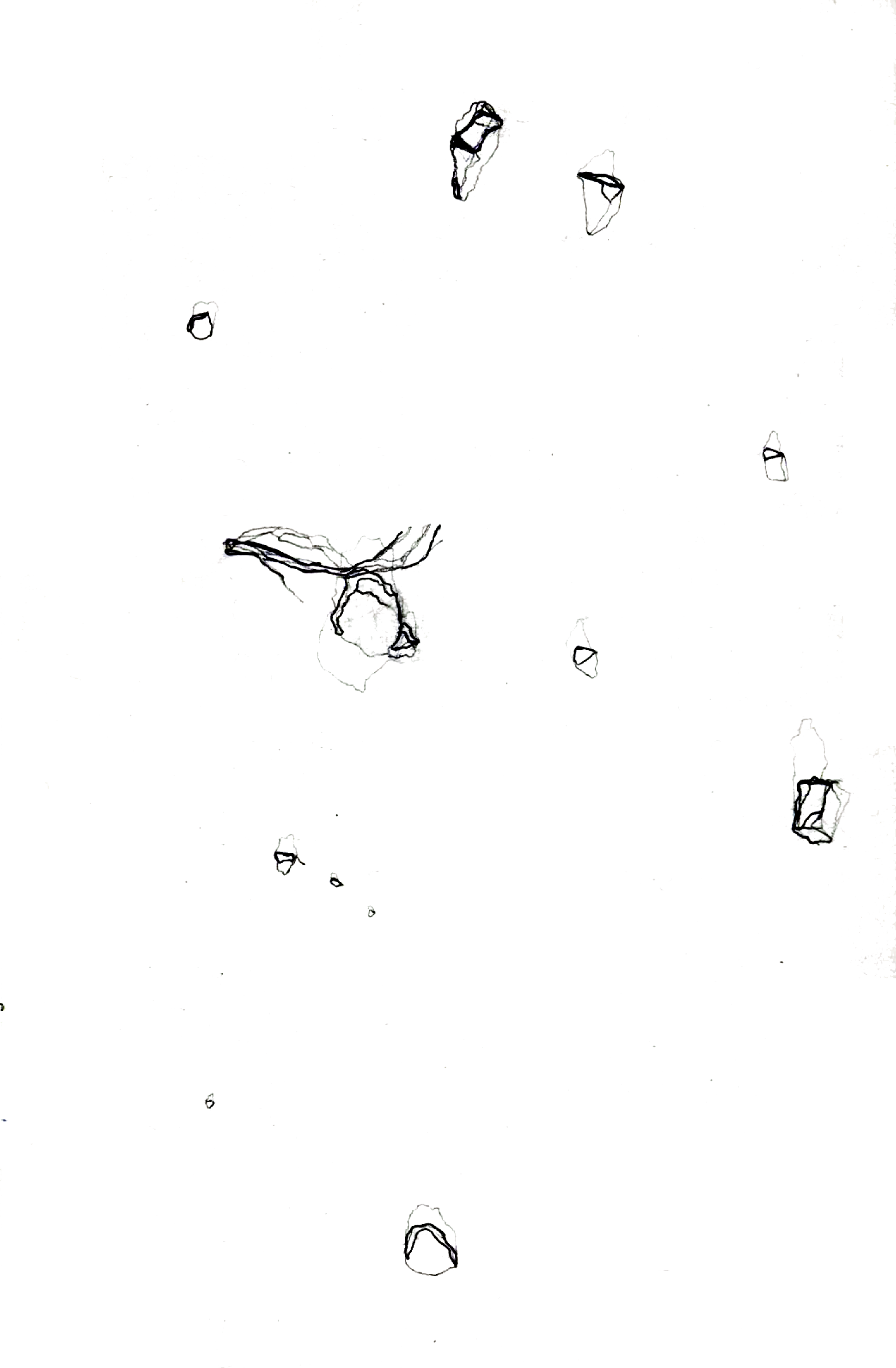
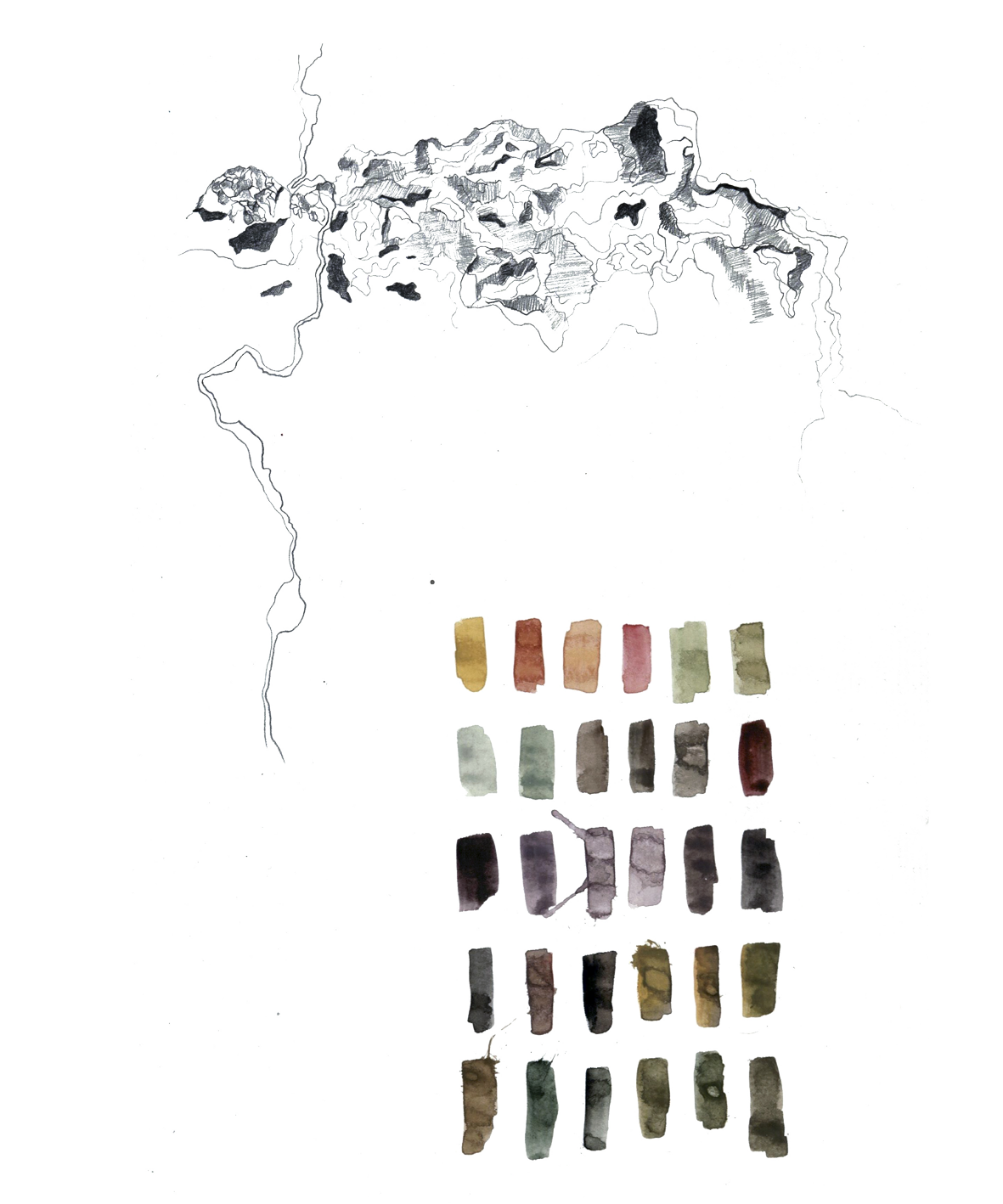

MIMBRES RIVER VS GRAND CANYON
LA CARRETERA COMO ESPACIO DE INTERACCIÓN SOCIO-URBANA
THE ROAD AS A SPACE OF SOCIAL INTERACTION
maps / maps as diagrams / maps that create the image / a map of an object, an image of an object / topological / diagrams /distance / scale / reproduction of the distance, the scale and the size / the invisible parts of the invisible / zoom in, zoom out / zoom in the background / point of references / rules / formes / quality and quantity of the position / time / position on time / desplazamiento / displacement of the body and objects / objects and information thanks to the image / discussion, message and image created / experience behind the image previamente creada / reproducción del lugar o de la experiencia en ausencia de la imagen.
EARTH IS NOW SMALLER THAN A WORLD MADE BY INTERNET
EL DESIERTO TIENE UN DISEÑADOR PAISAJISTA QUE VINO Y COLOCÓ TODOS LOS ÁRBOLES Y LOS CÁCTUS, INCLUSO LAS MONTAÑAS Y YA DE PASO CONSTRUYÓ LAS CARRETERAS Y LAS SEÑALES, HACIENDO QUE TODO ESTUVIESE EN SINTONÍA. Y TAL ES LA BELLEZA QUE ES IMPOSIBLE VER LA OSCURIDAD EN EL PAISAJE, O AL MENOS DESDE EL INTERIOR DE UN COCHE; DONDE EL AIRE ACONDICIONADO CONTROLA NUESTRA TEMPERATURA Y HUMEDAD.
THE DESERT HAS A LANDSCAPE DESIGNER WHO CAME AND PLACED ALL THE TREES AND THE CACTUS, EVEN THE MOUNTAINS AND ALREADY PASSED THE ROADS AND SIGNS, MAKING EVERYTHING TO BE IN TUNNEL. AND THAT IS THE BEAUTY THAT IS IMPOSSIBLE TO SEE THE DARKNESS IN THE LANDSCAPE, OR AT LEAST FROM THE INSIDE OF A CAR; WHERE AIR CONDITIONING CONTROLS OUR TEMPERATURE AND HUMIDITY.